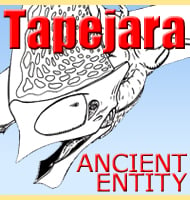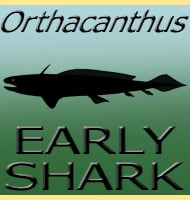In Depth
Although best known from the Sivalik Hills, Sivapithecus seems to have had a much broader geographical distribution. This is in part down to fossils of other genera such as Ankarapithecus and Palaeopithecus being reassigned to Sivapithecus. One genus in particular called Ramapithecus was previously heralded as an ancestor of humans, but as more and more fossils were found it became clear to palaeontologists, anthropologists and primatologists that it was almost identical to Sivapithecus. The only real difference between the remains is that fossils originally assigned as Ramapithecus are smaller, possibly because of sexual dimorphism with them being females, although ideas it being a smaller species of Sivapithecus have also been considered.
Despite the history associated with Ramapithecus that is now widely considered a synonym to this genus, Sivapithecus was not an ancestor of modern humans. Instead it’s more likely that Sivapithecus was an ancestor to the orangutan, although some parts if the body appear to be more chimpanzee-like. The body proportions and particularly the form of the wrists lend string support to the idea that Sivapithecus spent a greater amount of time on the ground than in the trees. Despite this, skull remains and subsequent reconstructions based upon these have revealed that Sivapithecus was much more orangutan-like in its facial appearance. There is also a real possibility that aside from being an ancestor to modern orangutans, Sivapithecus was also related to the giant ape Gigantopithecus, the larger species of which were easily double the size of Sivapithecus.
Like with Gigantopithecus, Sivapithecus is thought to have primarily eaten tough vegetation some that is evidenced by the large molar and canine teeth. However there is also some fossil evidence that Sivapithecus would also take fruits, so it’s probable that exact diet may have depended upon what was both annually and seasonally available in the ecosystem.
Further Reading
– Sivapithecus simonsi, a New Species of Miocene Hominoid, with Comments on the Phylogenetic Status of the Ramapithecinae. – International Journal of Primatotology 3(2):113-173. – R. F. kay – 1982. – First record of the Miocene hominoid Sivapithecus from Kutch, Gujarat state, western India. – PLOS ONE. 13 (11): e0206314. – Ansuya Bhandari, Richard F. Kay, Blythe A. Williams, Brahma Nand Tiwari, Sunil Bajpai & Tobin Hieronymus, (Charles, Cyril-ed.) – 2018.








